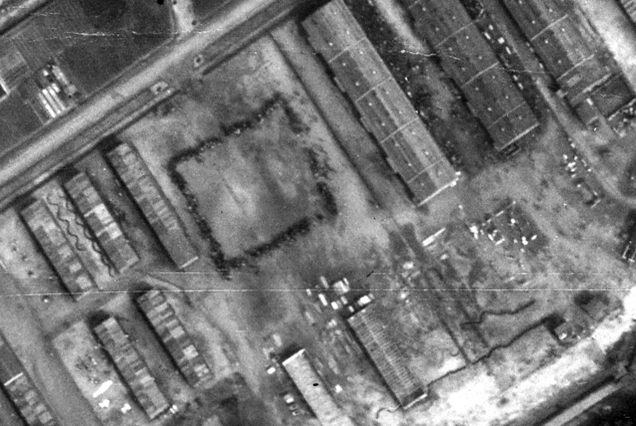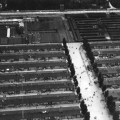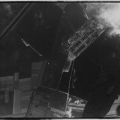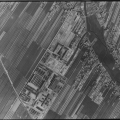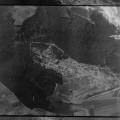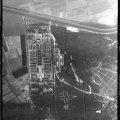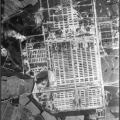Nazi Concentration Camps
In Germany during the 1930's, the Nazis interned political prisoners and opponents of the regime in concentration camps. During the Second World War these expanded in number and eventually held many millions of people from occupied countries. Foremost among inmates were Jews and Soviet prisoners of war. Several camps were designed as extermination camps, where millions of people were murdered on an industrial scale.
This feature presents aerial photography of some of these camps.


